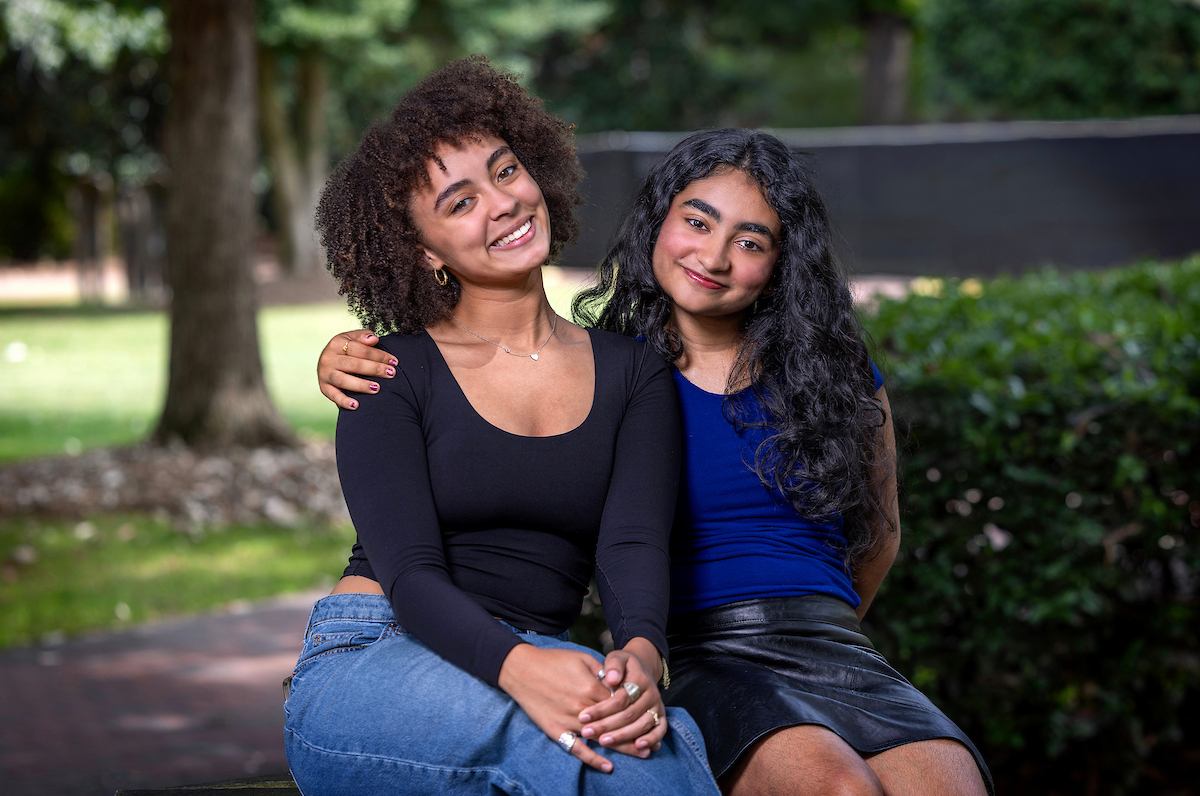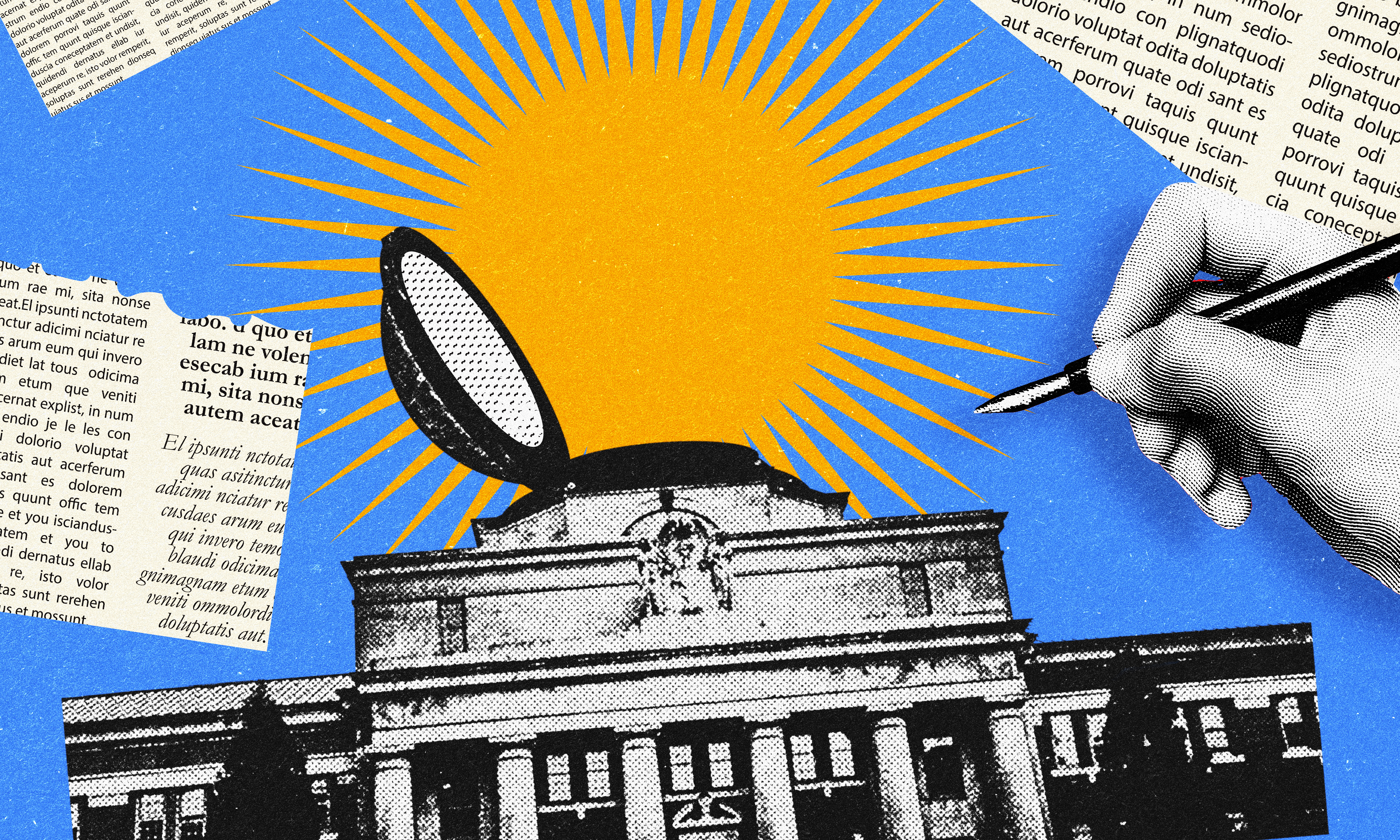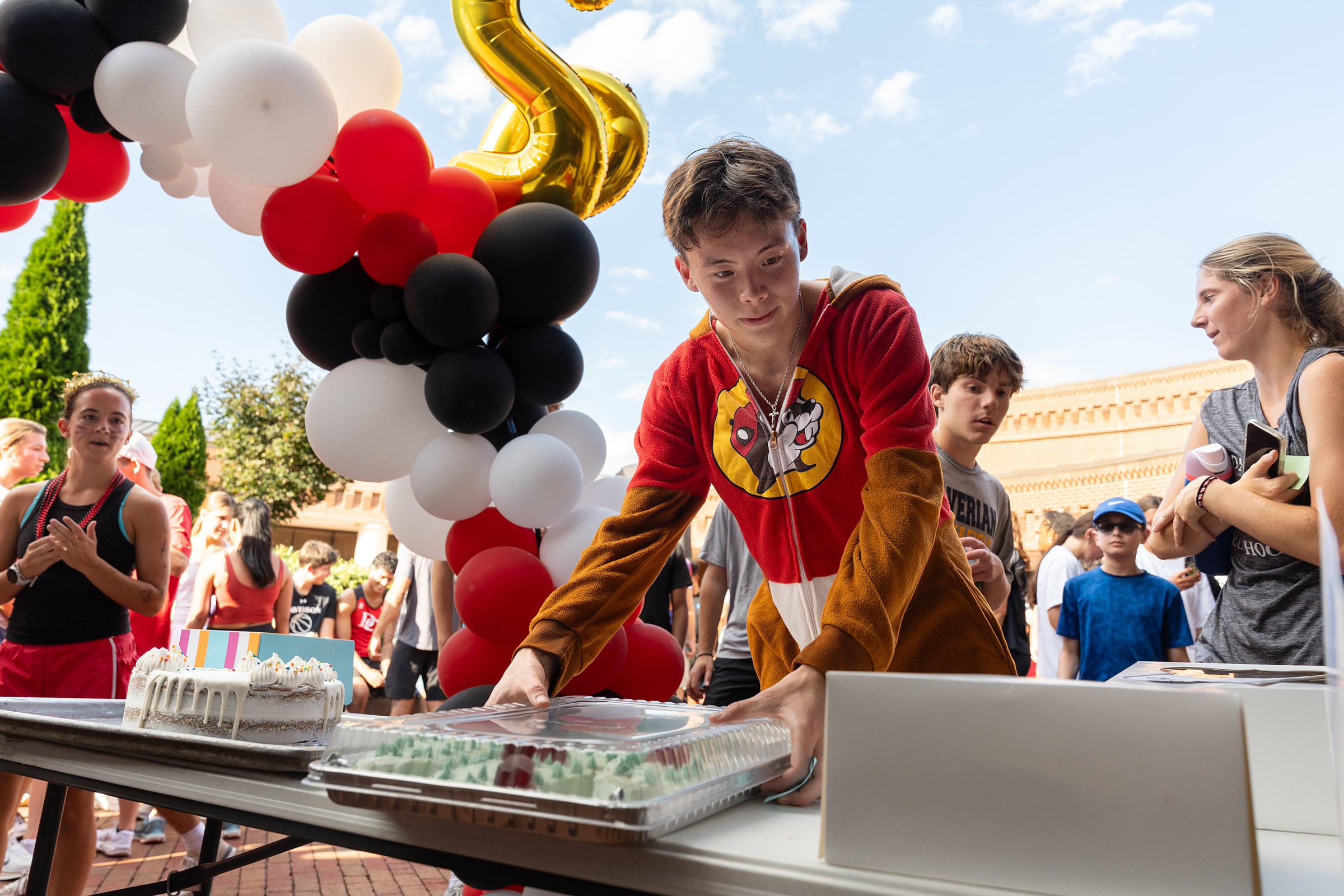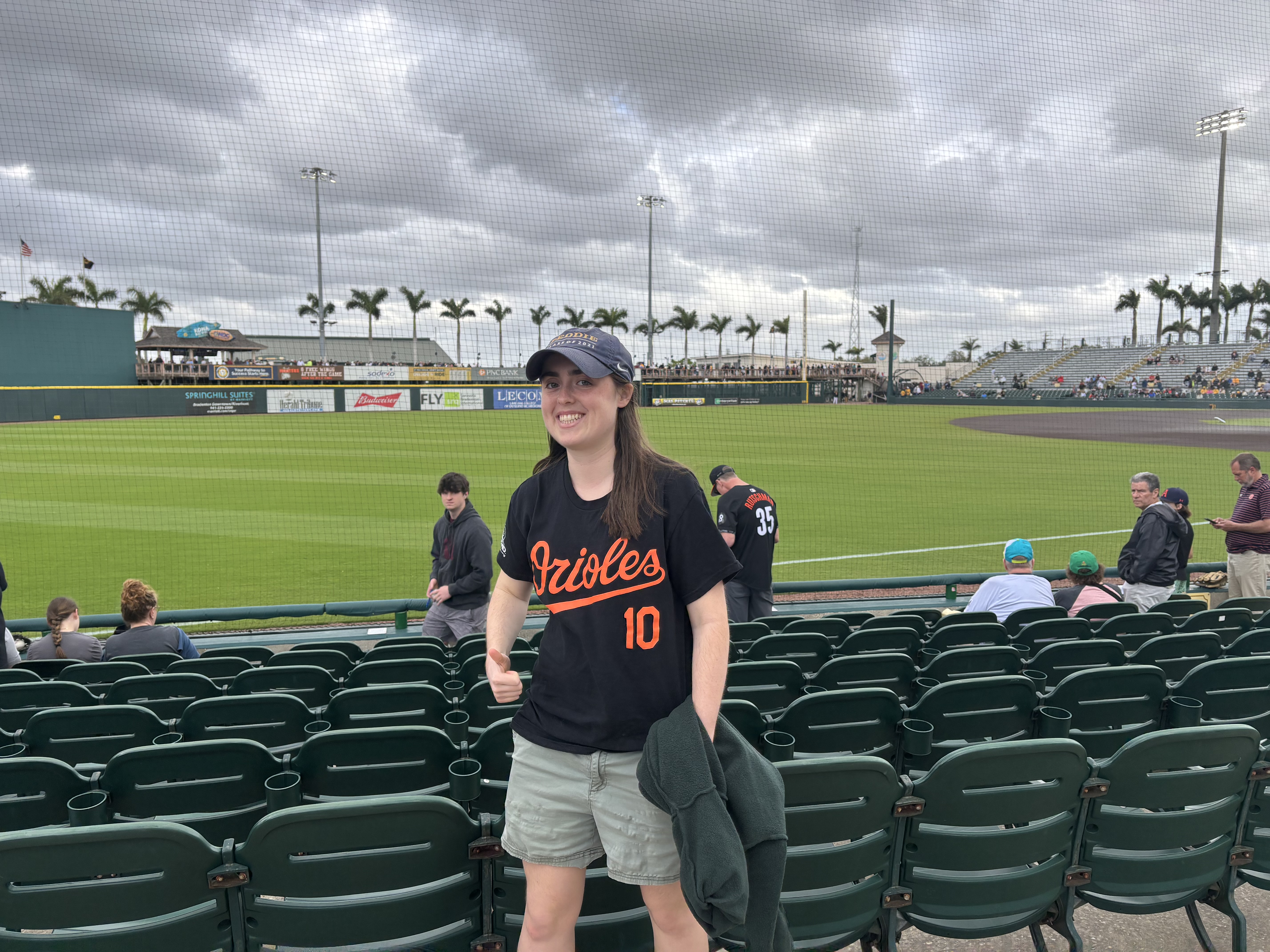Compendium Buried Treasures, Overlooked Art and Hidden History
July 9, 2025
- Author
- Caroline Roy ’20
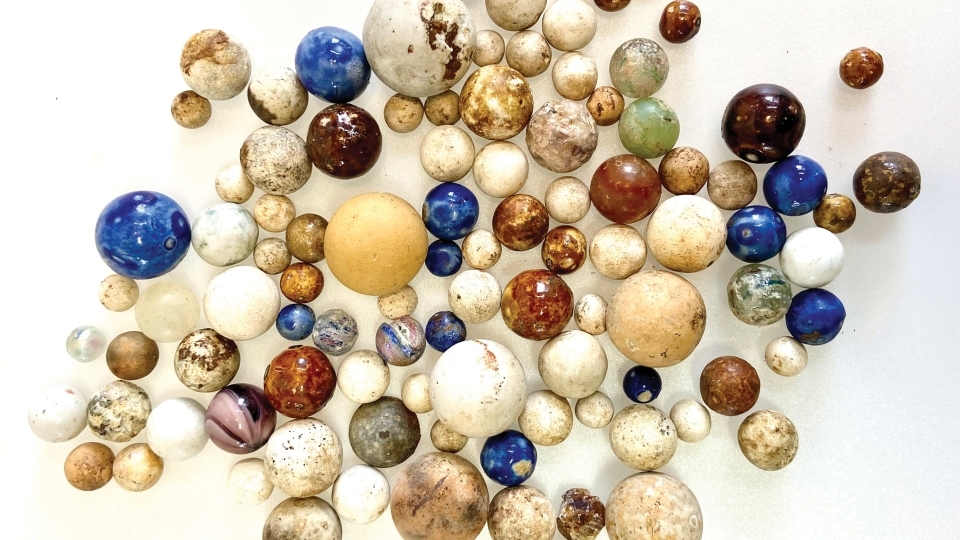
Patrick Donley ‘84 continues to find buried treasure under his Kentucky studio. These clay marbles add color to the collection.
Collectors have been around for roughly 12,000 years, since humans gave up their nomadic lifestyle to plant roots, and rutabagas. Whether they are curated painstakingly over time, passed down from generation to generation or manifest out of a historical moment, collections speak volumes about the people behind them.
The motivations to collect are as diverse as the collections — financial, historical preservation, personal enjoyment. The names for collectors just as diverse — hobbyist, preservationist, aesthete, enthusiast, connoisseur, antiquarian.
These collectors found themselves in possession of vastly different collections by way of timing, serendipity and passionate persistence. They have a Davidson College education in common, along with preservationist leanings and the desire to share their collections with the world.
Patrick Donley ’84
Groundhog Archeology: The Mary Street Midden Project
groundhogarcheology.com
Instagram: @Donleyart
When he followed a groundhog tunneling into the basement of his studio, artist turned “accidental archeologist” Patrick Donley ’84 found his first historical artifacts: pieces of broken bottles, porcelain shards and a doll’s head. Digging deeper, he learned his warehouse studio sat on top of a forgotten dump, full of discarded items from the city of Louisville, Kentucky, dating from the end of the Civil War to 1920.
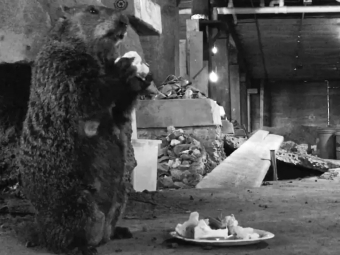
Phyllis the groundhog's groundbreaking efforts led to the The Mary Street Midden Project. While she seems to dig hard work, Donley hopes she'll transition to a role as a docent.
Donley, who incorporates found objects into his own art, immediately took to excavating, cataloguing and photographing objects from the midden — inkwells, clay marbles, medical devices, dentures, dolls. Every item has a story to tell about life for working-class and immigrant Americans in the early 20th century. Donley now works full-time converting his studio into a museum dedicated to the trash we leave behind. It’s a visual and cultural experience that he considers his magnum opus and his ultimate gift to the city.
Charley Williams ’73
Southern Folk Art Goes on the Road
eusa.org/exhibition/rooted-visions/
The folk art in Charley Williams’s collection reflects more than 200 years of southern history. The creators, all outsiders to the art world, use easily available materials like pens, markers, poster boards and natural elements to craft their pieces.
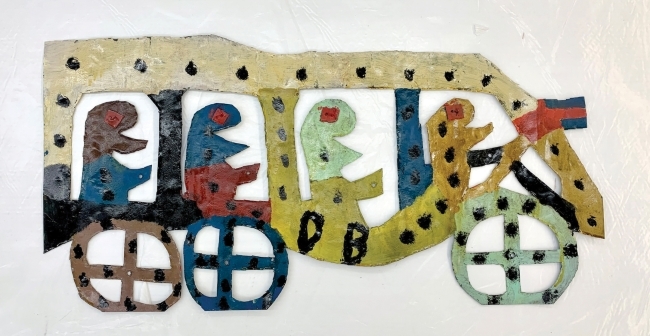
“Bus Ride” by David Butler, CJ Williams Collection, Rooted Visions Exhibition
“The stories pulled me in almost more than the art,” Williams, a 1973 alum, said.
His private collection includes work from Willie White, a New Orleans native who created sci-fi-inspired pieces with bright-colored markers, Sister Gertrude Morgan, a preacher who illustrated the Book of Revelations and the Florida Highwaymen, who painted Floridian landscapes from memory.
Now, the collection is going on the road with Rooted Visions, a traveling exhibition featuring the visionary work of 25 self-taught Southern Black artists. The showcase is designed for smaller venues around the South as an opportunity to share art and culture, and open conversations about the rich history of African American communities.
Smith McKeithen ’65
Let the Record Stand: Nixon’s Impeachment Papers
A different kind of collector, Smith McKeithen ’65 keeps historical records — more than 20 bound volumes of legal documents from the 1974 investigation on President Richard Nixon’s impeachment. McKeithen joined the Impeachment Inquiry Staff in February of 1974 and embarked on a rigorous, non-stop process of research, investigation and reporting that led to Nixon’s resignation in August of that year.
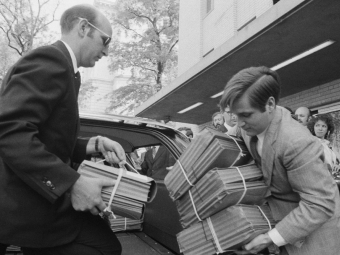
Transcripts of edited versions of many of President Nixon’s Watergate conversations arrive on Capitol Hill to be turned over to the House Judiciary Committee. The documents were not actually delivered to the committee offices. They went instead to the old Congressional Hotel, which had been taken over by the committee staff for the impeachment inquiry.
Each staff member was given a full set of the Inquiry’s investigatory reports — reminders of a crucial moment in United States history that holds a mirror to current-day America. 20 years ago, McKeithen gave his records to the Davidson College archives so that they would be available to future generations of researchers and scholars.
“I’m a big believer in original documents and records,” he said. “If you know enough about the history of something, especially as reflected in a contemporaneous record, you are much more likely to understand the truth of what happened.”
Are you a collector?
Let us know about your memorabilia, curiosities and esoteric inclinations.
Tell us more at davidsonjournal@davidson.edu
This article was originally published in the Spring/Summer 2025 print issue of the Davidson Journal Magazine; for more, please see the Davidson Journal section of our website.
